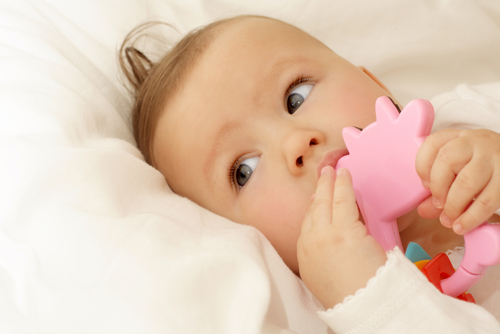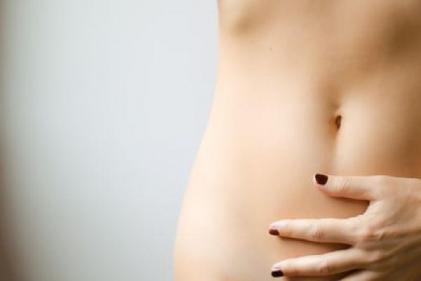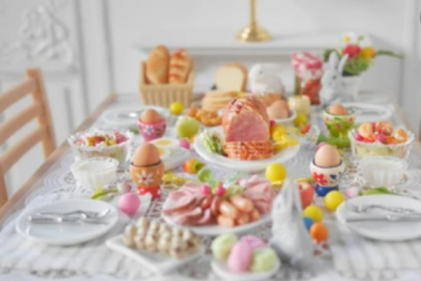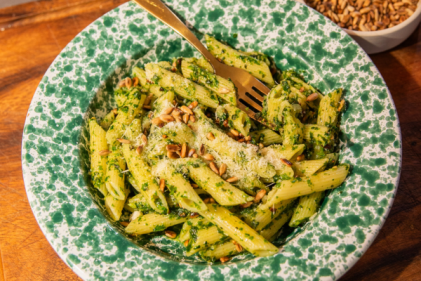
Teething is a difficult time for babies as it can be very painful and uncomfortable. Understanding what is actually going on and they ways you can help will make the process a lot less worrying for mums and a lot less painful for infants.
When will my baby start teething?
As we all know, every baby is different and while most get their first tooth around the six month mark, the age that teething begins is different for each child. Some kids can actually be born with them already! Your little one should start teething before their first birthday; if not, consult with your GP or dentist to make sure everything is ok.
What signs should I look out for?
The usual symptoms of teething are:
- Drooling
- Fussiness
- Swollen sensitive gums
- Biting
- Refusal to eat
- Sleep disturbances
- Nappy rash
Which tooth will appear first?
The first teeth to appear will be located at the front of your infant’s mouth on the lower gum line. These are called incisors and are usually followed by the top ones.
The next ones to follow are the lateral incisors at the top followed by the equivalent on the bottom. After their first birthday, your child will usually get their canines, molars and second molars. All teeth should be up by the time your little one reaches two and a half years of age.
How can I stop teething pain?
There are a few things to expect when your baby starts teething, the most obvious of which is that it will unfortunately hurt them – something that mums find very tough to deal with. Teething is painful, but thankfully there are a few things you can do to help soothe your little one’s teething pain.
- Wet finger. Rub a clean wet finger along your little one's gum line as the pressure can help with the pain.
- Teething ring. Give your baby a teething ring to chew on. There are number of varieties available including ones you pop into the fridge to cool before giving them to your child.
- Pain reliever. If your infant is really struggling with the pain give them a little ibuprofen or paracetamol to help. Temperatures are a symptom of teething and this can help to lower it.
- Teething gel. There are a number of over-the-counter teething gels to help babies, so you should speak to your pharmacist or doctor to find out which ones they recommend. Make sure you only choose infant-friendly gels and never use one recommended for an adult.
- Fruit sticks. Applying pressure onto the gums can help reduce any pain, so offer your little one vegetable and fruit sticks to chew on. Make sure they are always supervised when eating anything like this as they can be a choking hazard.
Do I need to clean my baby’s new teeth?
You should start brushing your baby’s teeth as soon as they’re visible to avoid harm by decay, but be sure to use a specialised toothpaste for infants. Click through to read our tips for brushing Baby’s new teeth.










